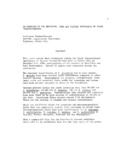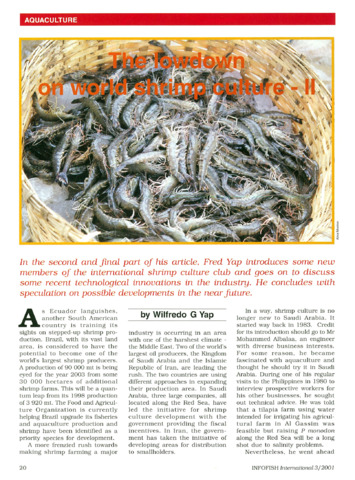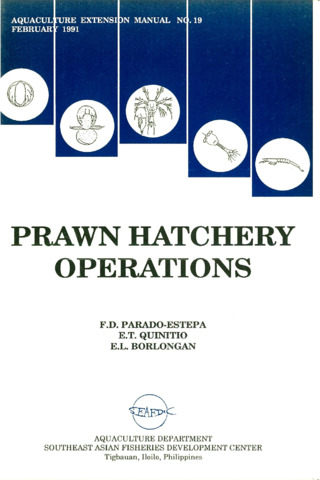Evidence of WSSV transmission from the rotifer (Brachionus plicatilis) to the black tiger shrimp (Penaeus monodon) postlarvae and means to control rotifer resting eggs using industrial disinfectants
Share
| dc.contributor.author | Corre, Valeriano, Jr. | |
| dc.contributor.author | Faisan, Joseph P., Jr. | |
| dc.contributor.author | Carton-Kawagoshi, Rhea J. | |
| dc.contributor.author | Elle, Bessie J. | |
| dc.contributor.author | Traifalgar, Rex F. | |
| dc.contributor.author | Caipang, Christopher M. | |
| dc.date.accessioned | 2016-03-11T08:50:04Z | |
| dc.date.available | 2016-03-11T08:50:04Z | |
| dc.date.issued | 2012 | |
| dc.identifier.citation | Corre Jr., V., Faisan Jr., J., Carton-Kawagoshi, R. J., Elle, B. J., Traifalgar, R. F., & Caipang, C. M. (2012). Evidence of WSSV transmission from the rotifer (Brachionus plicatilis) to the black tiger shrimp (Penaeus monodon) postlarvae and means to control rotifer resting eggs using industrial disinfectants. Aquaculture, Aquarium, Conservation and Legislation, 5(2), 64-68. | en |
| dc.identifier.issn | 1844-8143 | |
| dc.identifier.uri | http://hdl.handle.net/10862/2947 | |
| dc.description.abstract | Rotifers are considered possible vectors of the white spot syndrome virus (WSSV) and have been implicated in its recurrence in pond-cultured shrimp. However, direct evidence of the transmission and the pathogenicity of this virus from rotifers to shrimp has been lacking. In the present study, the pathogenicity of WSSV transmitted from infected rotifers (Brachionus plicatilis) to post larval black tiger shrimp (Penaeus monodon) was investigated. Results show that WSSV transmitted from infected rotifers to post-larval P. monodon caused an 82% cumulative mortality as compared to a 9% mortality in the non-infected control group. We also investigated the possibility of industrial disinfectants (sodium hypochlorite, granulated calcium hypochlorite and formalin) as possible means to inhibit the viability of rotifer resting eggs, considered a biological reservoir of WSSV in earthen ponds. Among the disinfectants that were tested, granulated calcium hypochlorite at 5 mg/L was the most effective. The present study provides direct evidence of the high pathogenicity of WSSV transmitted from rotifers to post larval P. monodon and shows the potential use of granulated calcium hypochlorite in pond disinfection. This treatment could be a promising strategy to inhibit the spread and recurrence of WSSV outbreaks in P. monodon culture. | en |
| dc.language.iso | en | en |
| dc.publisher | Bioflux | en |
| dc.relation.uri | http://www.bioflux.com.ro/docs/AACL_5.2.3.pdf | |
| dc.subject | rotifers | en |
| dc.subject | Brachionus plicatilis | en |
| dc.subject | Penaeus monodon | en |
| dc.title | Evidence of WSSV transmission from the rotifer (Brachionus plicatilis) to the black tiger shrimp (Penaeus monodon) postlarvae and means to control rotifer resting eggs using industrial disinfectants | en |
| dc.type | Article | en |
| dc.citation.volume | 5 | |
| dc.citation.issue | 2 | |
| dc.citation.spage | 64 | |
| dc.citation.epage | 68 | |
| dc.citation.journalTitle | Aquaculture, Aquarium, Conservation and Legislation | en |
| dc.subject.asfa | disinfectants | en |
| dc.subject.asfa | resting eggs | en |
| dc.subject.asfa | White spot syndrome virus | en |
| dc.identifier.essn | 1844-9166 | |
| dc.subject.scientificName | Penaeus monodon | en |
Files in this item
| Files | Size | Format | View |
|---|
This item appears in the following Collection(s)
-
AQD Journal Articles [1214]
These papers were contributed by AQD staff to various national and international journals



